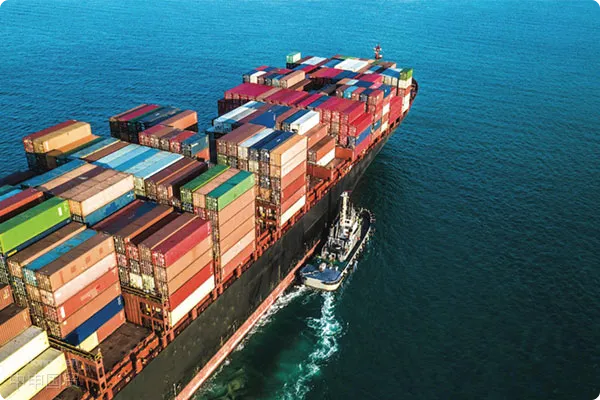- Shanghai Zhongshen International Trade Co., Ltd. - Two decades of trade agency expertise.
- Service Hotline: 139 1787 2118

Scientific researchEquipment ImportsThe Invisible Game of the Market
The global trade volume of scientific research equipment is projected to exceed $42 billion in 2025, with China accounting for 32% of imports. However, the latest data from the General Administration of Customs shows an 18.7% year-on-year increase in abnormal clearance rates for precision instruments, reflecting growing complexities in the import process. Professional agency services have now become crucial for research institutions to navigate these challenges.
Seven Deadly Traps in the Customs Clearance Process
Trap 1: HS Code Positioning Deviation
- The laser interferometer was mistakenly classified under general optical instruments (HS9029), resulting in a 3% consumption tax underpayment.
- The misuse of electromechanical product codes for core components of cryo-electron microscopes triggered an anti-dumping investigation.
Trap Two: Dynamic Updates of Certification Requirements
- Starting from 2025, new biosafety cabinets must obtain both CMA and FDA certifications.
- Additional electromagnetic compatibility testing requirements for nanomaterial preparation equipment.
The Value Realization Path of Agency Services
Professional agency companies mitigate risks through a three-tier service system:
- Preliminary design proposal
- Tariff Cost Simulation System (Error Rate <0.8%)
- Equipment Parameter Pre-review Database (covering 87 types of sensitive equipment)
- Mid-term process control
- Automatically identify preferential clauses in agreements such as ECFA and RCEP.
- Real-time tracking of quarantine inspection updates for 100+ ports
- Post-risk prevention and control
- Establish a full life cycle traceability archive for imported equipment.
- Provide annual compliance audit services
Three Key Policy Changes in 2025
1. The tax-free import catalog for scientific research equipment has been reduced by 23 items.
2. The age limit for second-hand equipment has been adjusted from 8 years to 5 years.
3. Establish a pre-inspection mechanism for special equipment at ports (pilot ports: Shanghai, Shenzhen, Chengdu).
Five golden standards for selecting agents
- Whether possessing AEO Advanced Certification qualification
- Technical Trade Measures Response Case Database Capacity
- The proportion of personnel with intermediate and senior professional titles in the customs affairs team
- Port emergency response time limit (Excellent standard: 2-hour plan activation)
- Historical dispute resolution success rate (industry benchmark: 92%)
Typical Dispute Scenario Handling Records
Case Study:The Incident of a Mass Spectrometer Being Detained at a Certain Research Institute
Problems:It is recommended to verify through the following methods:The name does not match the device serial number.
Disposal:Complete overseas manufacturer traceability and evidence collection within 48 hours, coordinate with customs for re-assessment, and avoid the risk of returning equipment worth 3.8 million.
The import of scientific research equipment has entered the era of professional agency services. Choosing a partner with technical analysis capabilities and policy foresight will become a crucial strategic decision to break through trade barriers and ensure research progress. Against the backdrop of increasingly stringent trade regulations in 2025, the hidden value brought by professional services will far exceed the apparent costs.
Related Recommendations
? 2025. All Rights Reserved. Shanghai ICP No. 2023007705-2  PSB Record: Shanghai No.31011502009912
PSB Record: Shanghai No.31011502009912










